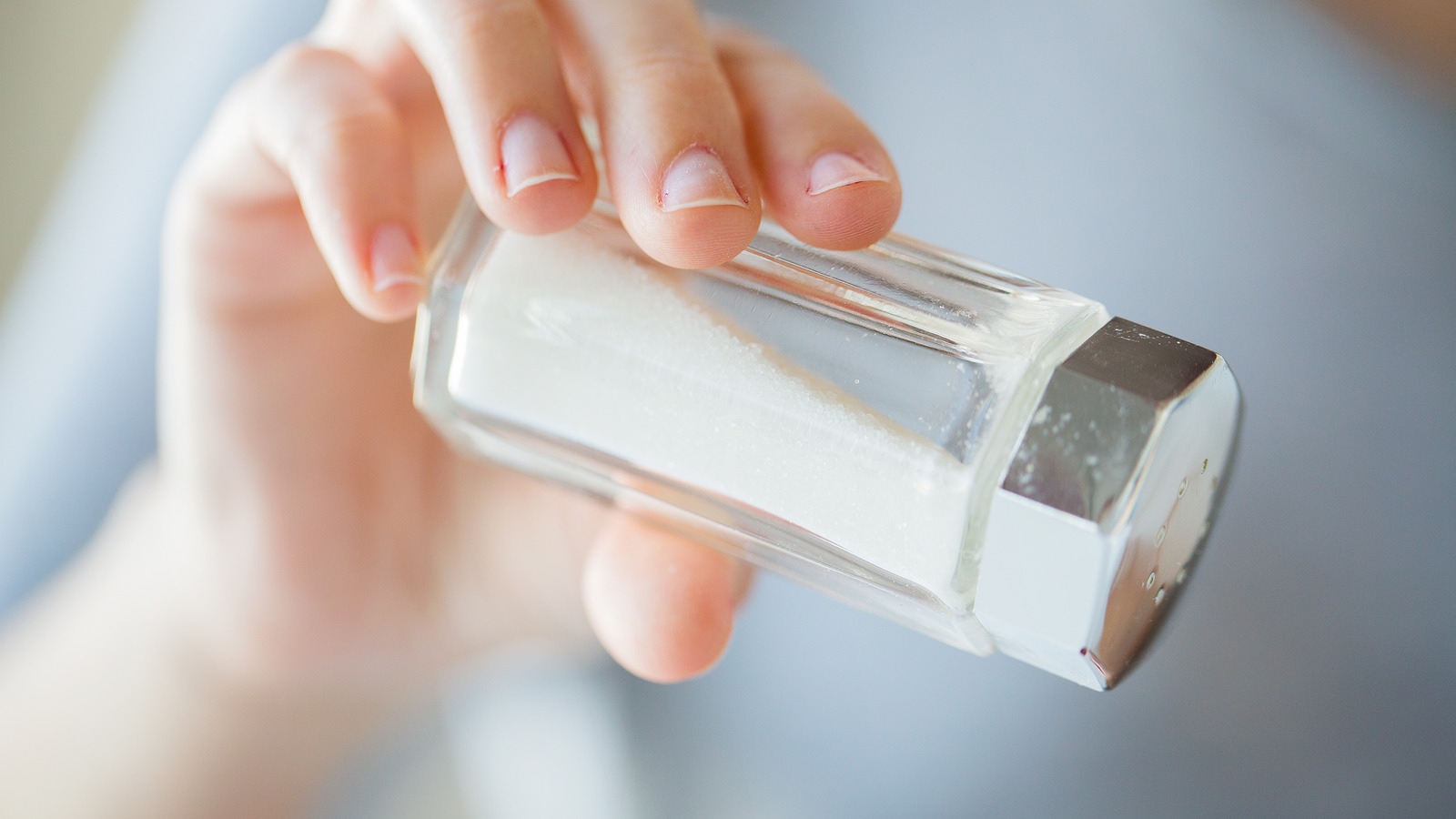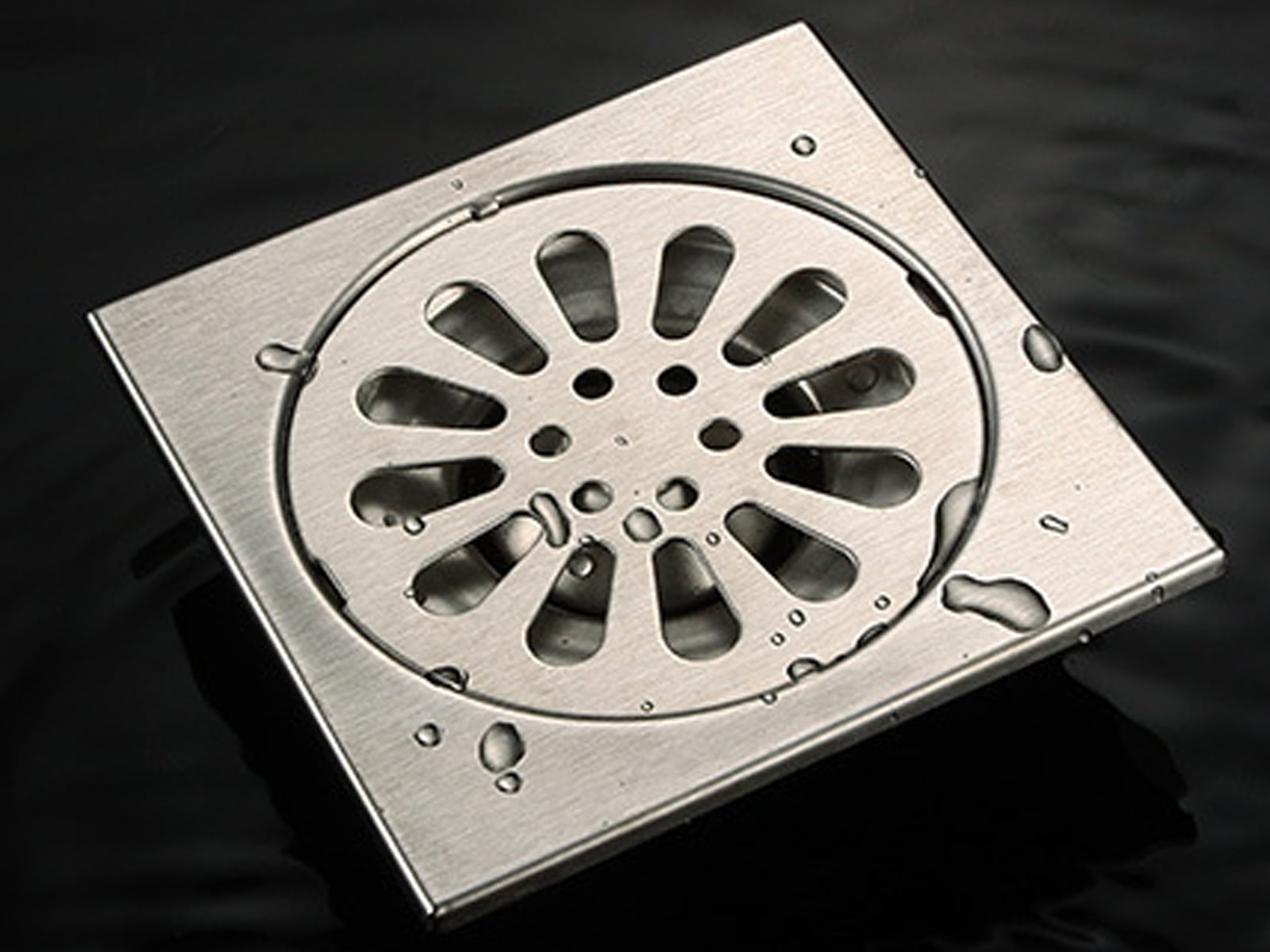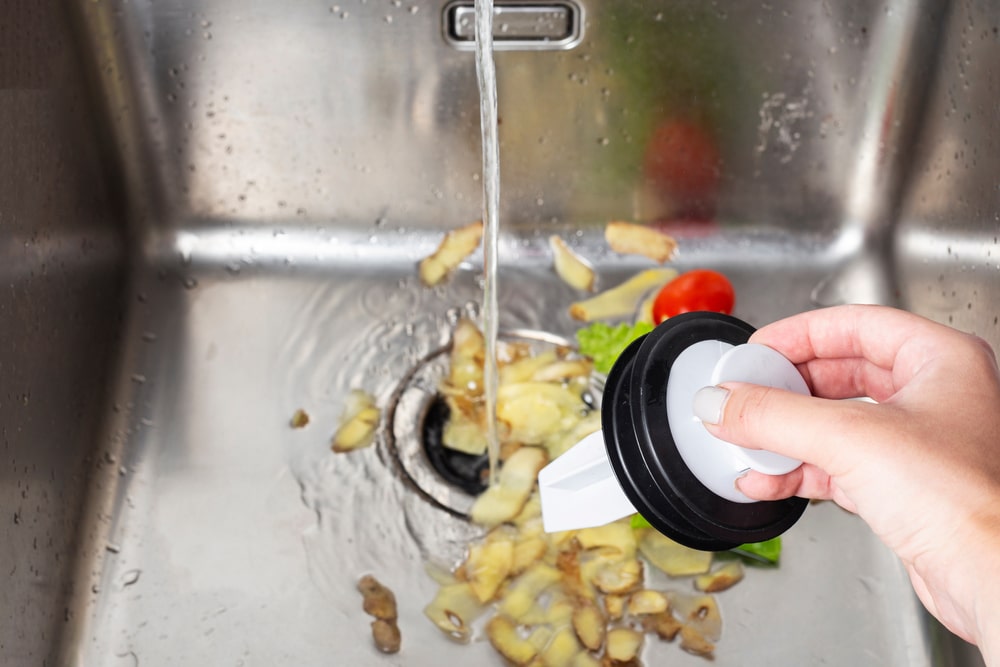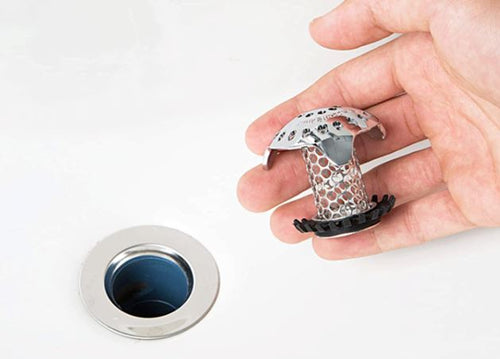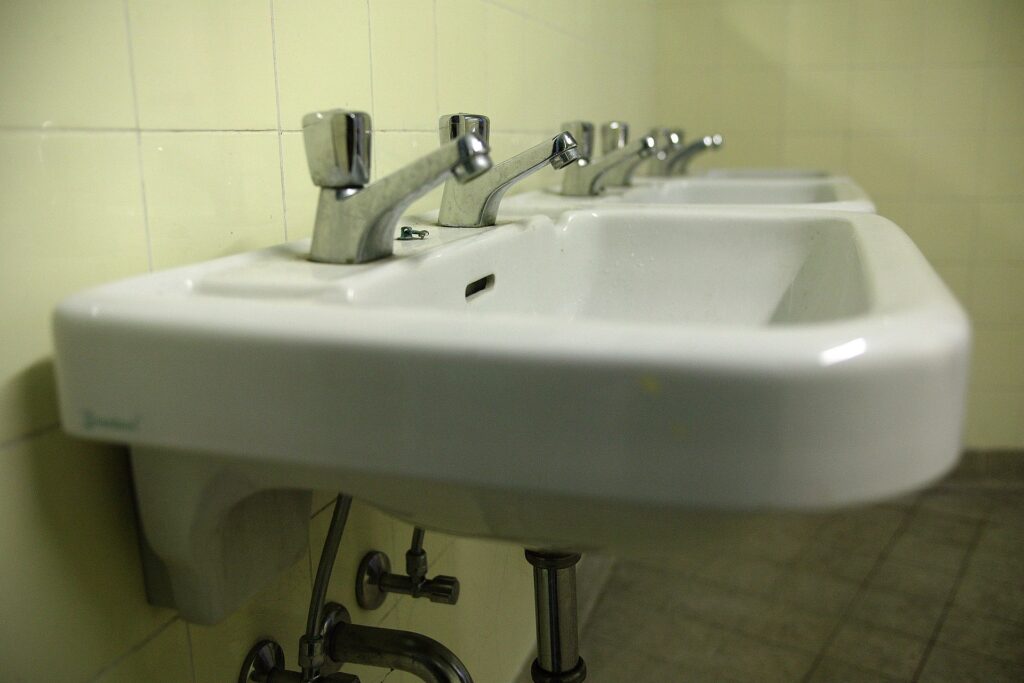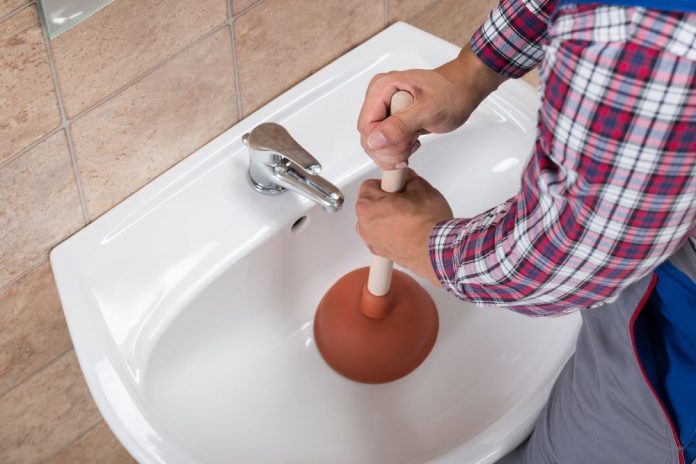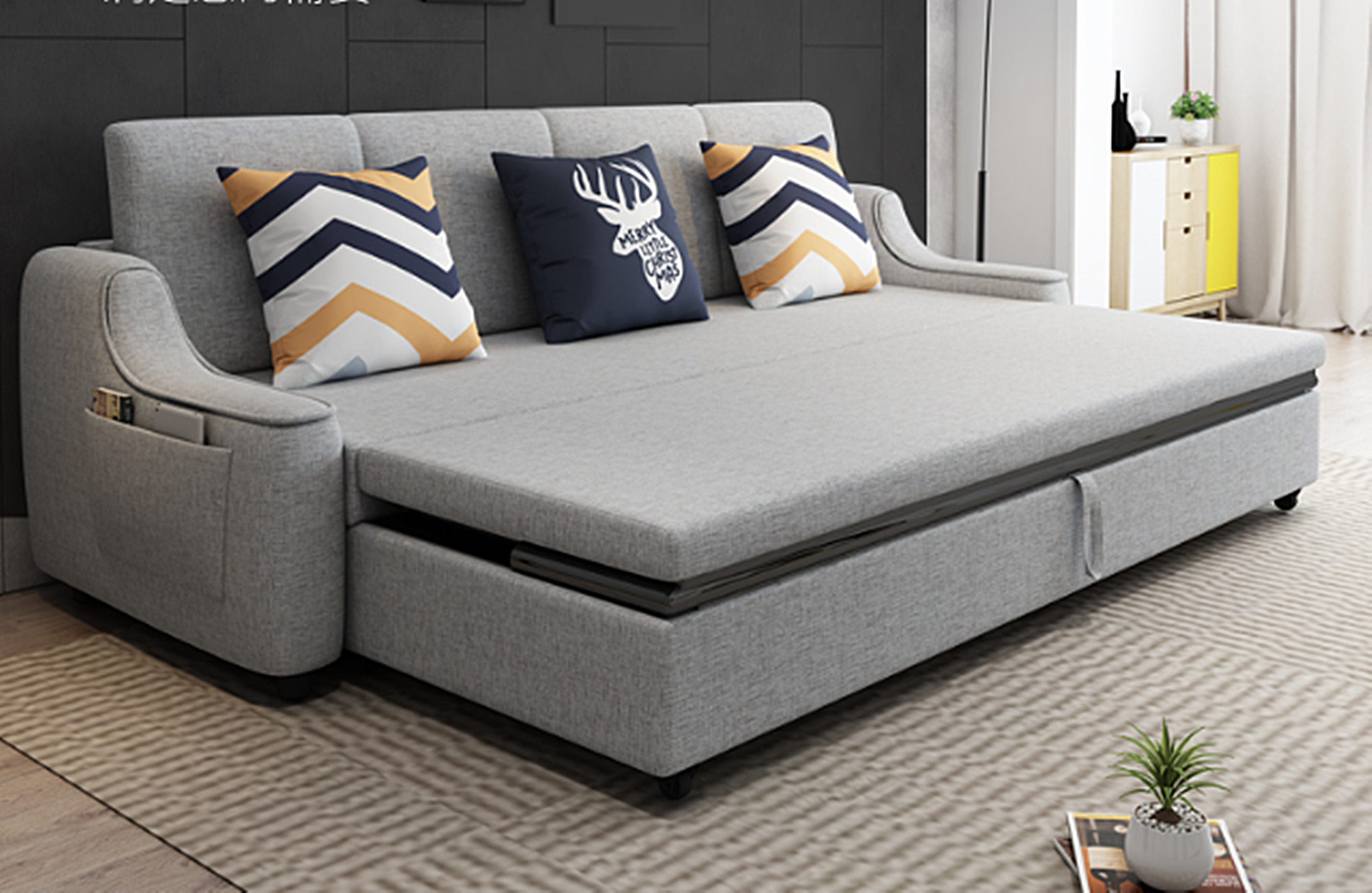Dealing with a clogged bathroom sink can be frustrating, especially when you're in a rush to get ready for the day. Luckily, there's a simple solution that can quickly clear the blockage and get your sink back to working properly - plunging! This budget-friendly method is easy to do and requires no harsh chemicals. In this article, we'll guide you through the steps of unclogging your bathroom sink with a plunger. How to Unclog a Bathroom Sink with a Plunger
Before you begin, make sure you have the right tools. A sink plunger is different from a toilet plunger, so be sure to use the correct one. You'll also need some old towels or rags to catch any water that may splash out during the process. Once you have everything you need, follow these simple steps: Step 1: Clear out any standing water in the sink using a cup or bowl. This will make it easier for the plunger to create suction and dislodge the clog. Step 2: Place the plunger over the drain, making sure it completely covers the opening. Step 3: Fill the sink with enough water to cover the rubber part of the plunger. This will create a seal and allow for better suction. Step 4: Hold the plunger handle with both hands and push down gently, then pull up quickly. Repeat this motion several times, making sure the plunger stays in contact with the drain. Step 5: Remove the plunger and check to see if the water is draining properly. If not, repeat the process until the clog is cleared. Unclogging Bathroom Sink with Plunger: A Step-by-Step Guide
If you're having trouble getting the plunger to create a seal, try applying some petroleum jelly around the edge of the rubber. This will help create a tighter seal and increase suction power. Additionally, make sure you're using a plunger with a flat bottom for better contact with the sink. For tougher clogs, you may need to use a plumbing snake to break up the blockage before using the plunger. Plunging Your Bathroom Sink: Tips and Tricks
When it comes to plungers, not all are created equal. Look for a plunger with a sturdy handle and a rubber base that can create a tight seal. The classic cup plunger is a popular choice for unclogging bathroom sinks, but there are also accordion-style plungers designed specifically for sinks. Some even come with a small attachment that can help break up stubborn clogs. Do some research and read reviews to find the best plunger for your needs. The Best Plungers for Unclogging Bathroom Sinks
If you prefer a more natural approach to unclogging your sink, you can make your own drain cleaner using ingredients you likely already have at home. Mix equal parts baking soda and vinegar and pour it down the drain. Let it sit for a few minutes before using the plunger to dislodge the clog. The chemical reaction between the ingredients can help break down the buildup in the pipes. DIY: Unclogging a Bathroom Sink with a Plunger
While plunging is a simple and effective method for unclogging your bathroom sink, there are a few mistakes you should avoid to ensure success. These include: Using too much force: You don't want to push too hard or pull too strongly when using the plunger. This can cause the water to splash out and make a mess. Not using enough water: As mentioned earlier, having enough water in the sink is crucial for creating a seal and generating suction. Plunging without clearing standing water: Attempting to plunge with water still in the sink can make it more difficult to create suction and can also cause water to splash out. Unclogging Bathroom Sink with Plunger: Common Mistakes to Avoid
Plunging is a cost-effective and environmentally friendly way to unclog your bathroom sink. Unlike using chemical drain cleaners, plunging doesn't release any toxic fumes into the air or damage your pipes. It also saves you from having to call a plumber, which can be costly. Plus, with a little practice, you can become a pro at unclogging your sink in no time. The Benefits of Using a Plunger to Unclog Your Bathroom Sink
If you've tried plunging and the clog still won't budge, don't panic. There are a few things you can try before resorting to calling a professional: Use a plumbing snake: As mentioned earlier, a plumbing snake can help break up tougher clogs that the plunger can't handle. Try a different plunger: If you're using a cup plunger and it's not working, try using an accordion-style plunger or vice versa. Check the overflow hole: Some bathroom sinks have an overflow hole near the top of the sink. If this is clogged, it can prevent the sink from draining properly. Use a small brush or toothpick to clear any buildup in the hole. Unclogging Bathroom Sink with Plunger: Troubleshooting Tips
The best way to avoid dealing with a clogged bathroom sink is to prevent it from happening in the first place. Here are a few tips to keep your sink running smoothly: Use a drain stopper: A drain stopper can catch hair and other debris before it goes down the drain. Avoid pouring grease down the drain: Grease can solidify in your pipes and cause clogs. Instead, dispose of it in the trash. Use a hair catcher: If you have long hair, consider using a hair catcher in your sink to prevent hair from going down the drain. How to Prevent Clogs in Your Bathroom Sink
Regularly unclogging your bathroom sink can help maintain its functionality and prevent more serious plumbing issues from arising. It's recommended to use the plunger once a month as a preventive measure, even if your sink isn't currently clogged. This will help keep your pipes clear and prevent buildup that can lead to clogs. In conclusion, unclogging your bathroom sink with a plunger is a simple, cost-effective, and environmentally friendly method. With the right tools and techniques, you can easily clear the blockage and get your sink back to working properly. Remember to use gentle but firm motions when plunging and avoid common mistakes that can hinder the process. By regularly unclogging your sink, you can prevent more serious plumbing problems and keep your sink in top working condition. The Importance of Regularly Unclogging Your Bathroom Sink with a Plunger
Why a Plunger is the Best Tool for Unclogging a Bathroom Sink

Efficiency and Effectiveness
 When it comes to unclogging a bathroom sink, there are a variety of methods and tools that can be used. However,
a plunger
is often the most efficient and effective tool for the job. Not only is it easy to use, but it also
requires minimal effort and time
to get the job done. The suction created by the plunger's rubber cup creates a powerful force that
dislodges clogs
in the drain. This allows for a quick and thorough unclogging process.
When it comes to unclogging a bathroom sink, there are a variety of methods and tools that can be used. However,
a plunger
is often the most efficient and effective tool for the job. Not only is it easy to use, but it also
requires minimal effort and time
to get the job done. The suction created by the plunger's rubber cup creates a powerful force that
dislodges clogs
in the drain. This allows for a quick and thorough unclogging process.
Safe for Pipes and Environment
 Another advantage of using a plunger to unclog a bathroom sink is that it is a
gentle and non-invasive method
of clearing the drain. Unlike harsh chemicals or drain snakes, plungers do not cause any damage to your pipes or the environment. Chemicals can corrode pipes and harm the environment, while drain snakes can scratch and damage the inside of your pipes.
A plunger is a safe and environmentally-friendly option
for unclogging your bathroom sink.
Another advantage of using a plunger to unclog a bathroom sink is that it is a
gentle and non-invasive method
of clearing the drain. Unlike harsh chemicals or drain snakes, plungers do not cause any damage to your pipes or the environment. Chemicals can corrode pipes and harm the environment, while drain snakes can scratch and damage the inside of your pipes.
A plunger is a safe and environmentally-friendly option
for unclogging your bathroom sink.
Cost-Effective Solution
 Not only is a plunger an efficient and safe method for unclogging a bathroom sink, but it is also a
cost-effective solution
. Plungers are relatively inexpensive and can be found in most households. Unlike other methods that may require purchasing specialized tools or hiring a professional, a plunger can save you money in the long run. It is a
simple and affordable tool
that can solve your clogged sink problem in a matter of minutes.
Not only is a plunger an efficient and safe method for unclogging a bathroom sink, but it is also a
cost-effective solution
. Plungers are relatively inexpensive and can be found in most households. Unlike other methods that may require purchasing specialized tools or hiring a professional, a plunger can save you money in the long run. It is a
simple and affordable tool
that can solve your clogged sink problem in a matter of minutes.
Preventative Maintenance
 Using a plunger to unclog your bathroom sink is not just a reactive solution, but it can also serve as a
preventative maintenance tool
. Regularly using a plunger can help to
prevent future clogs
from forming in your sink. It can also help to remove any buildup or debris that may be lurking in your drain, keeping it clean and clear.
Using a plunger to unclog your bathroom sink is not just a reactive solution, but it can also serve as a
preventative maintenance tool
. Regularly using a plunger can help to
prevent future clogs
from forming in your sink. It can also help to remove any buildup or debris that may be lurking in your drain, keeping it clean and clear.
Final Thoughts
 In conclusion, when faced with a clogged bathroom sink, a plunger is the go-to tool for unclogging it. It is efficient, safe, cost-effective, and can even serve as a preventative maintenance tool. With minimal effort and time, you can easily clear your sink drain and avoid any potential plumbing disasters. So, next time you encounter a clogged bathroom sink, remember to reach for your trusty plunger.
In conclusion, when faced with a clogged bathroom sink, a plunger is the go-to tool for unclogging it. It is efficient, safe, cost-effective, and can even serve as a preventative maintenance tool. With minimal effort and time, you can easily clear your sink drain and avoid any potential plumbing disasters. So, next time you encounter a clogged bathroom sink, remember to reach for your trusty plunger.
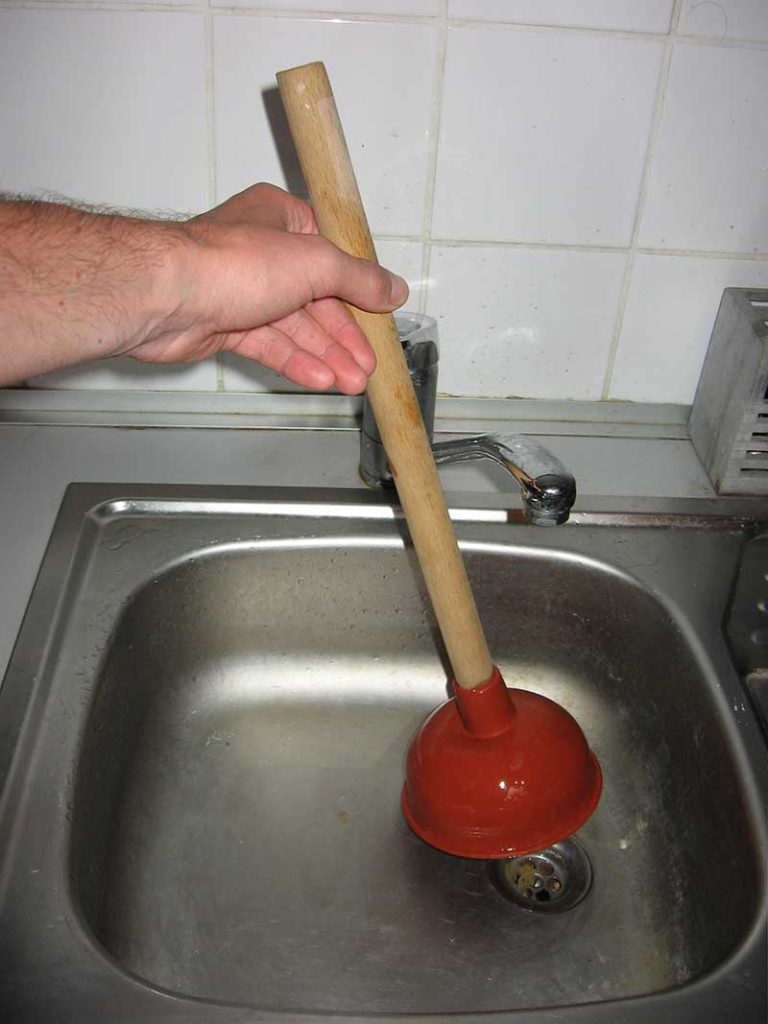


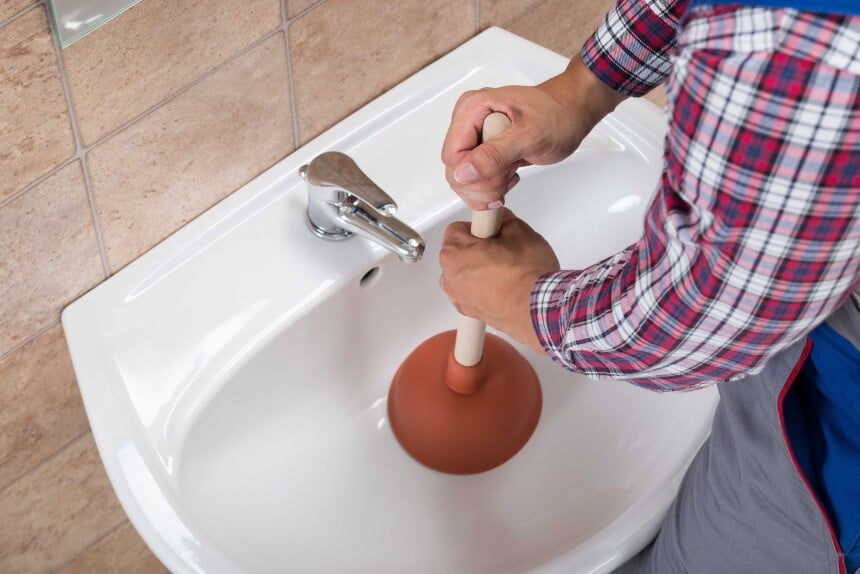
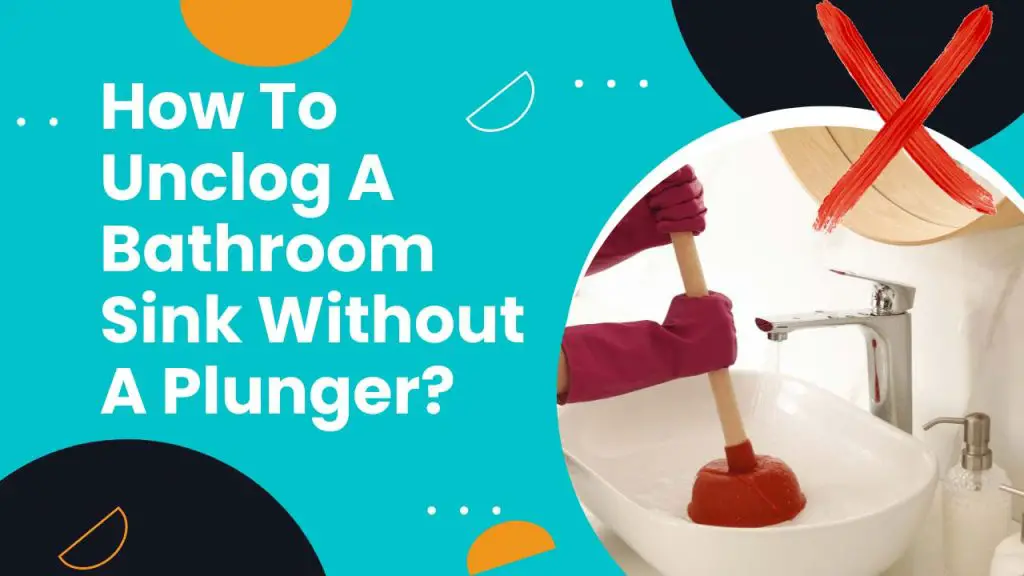

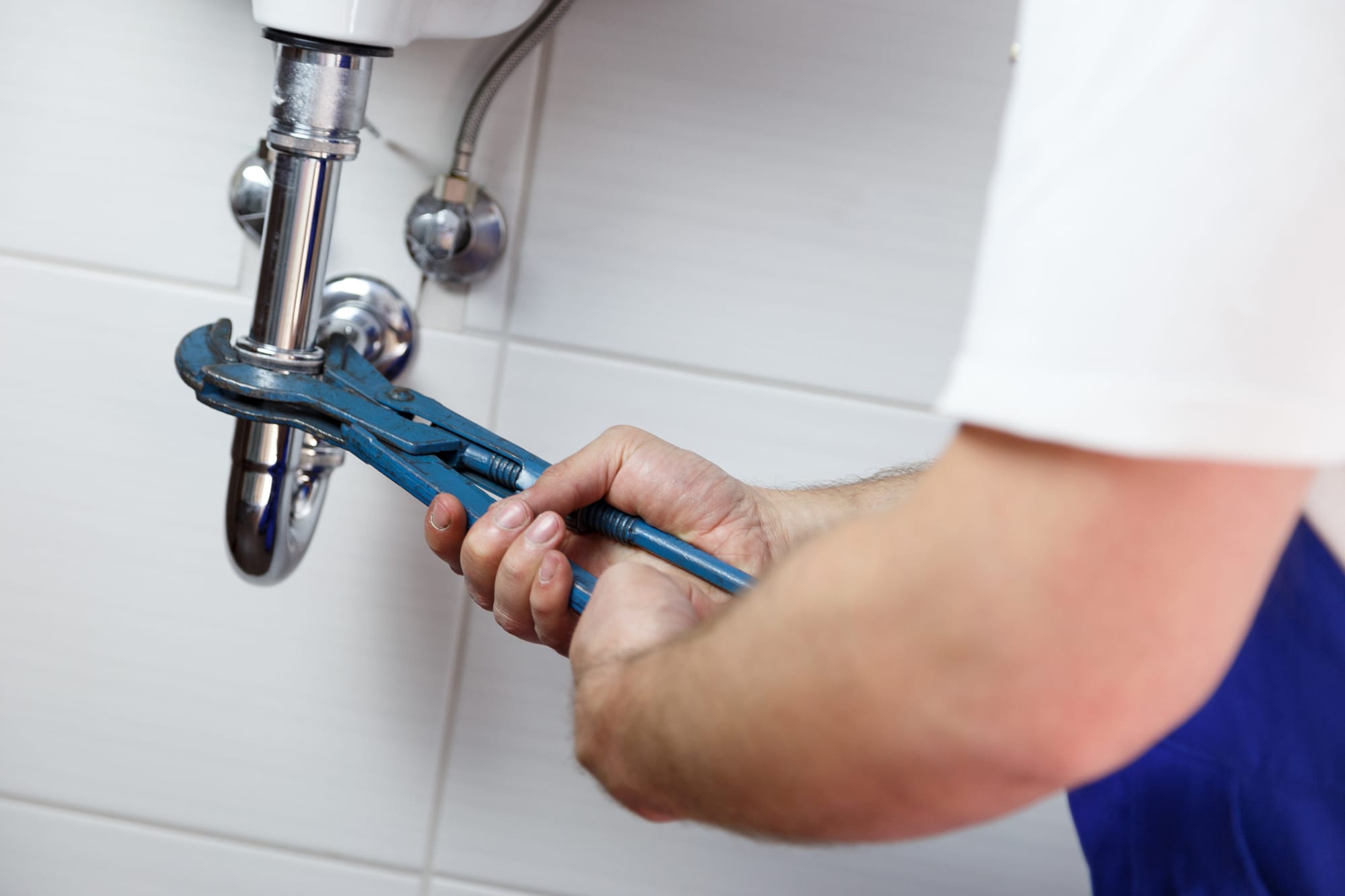












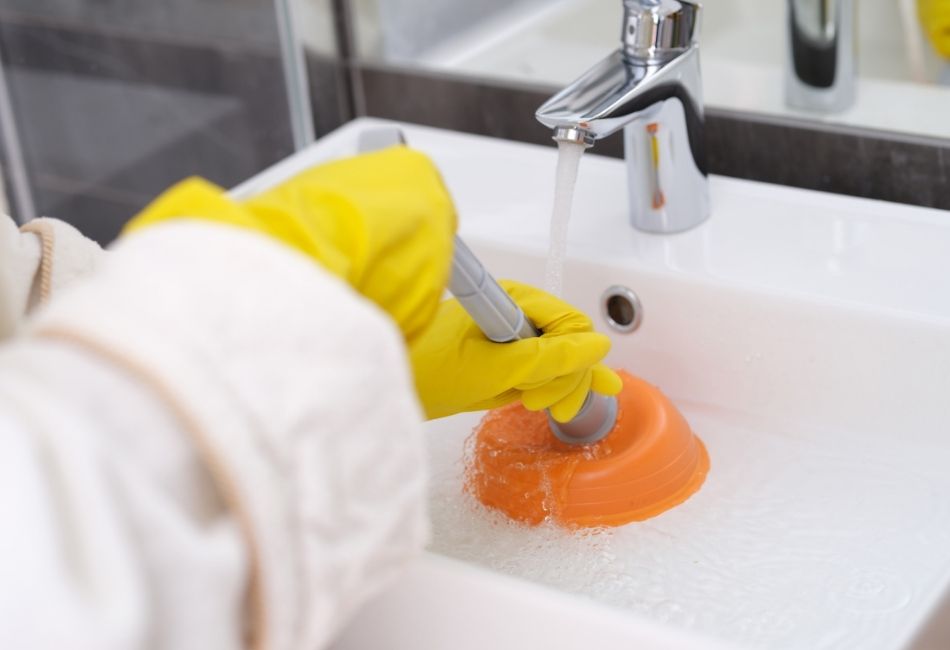
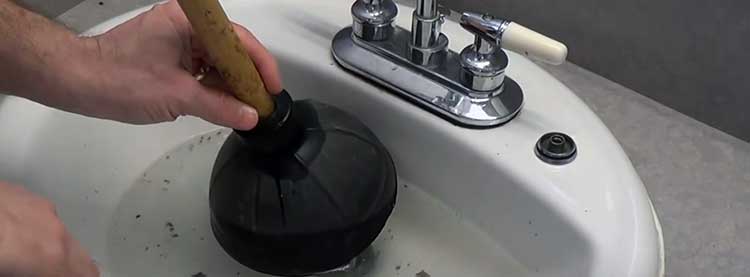



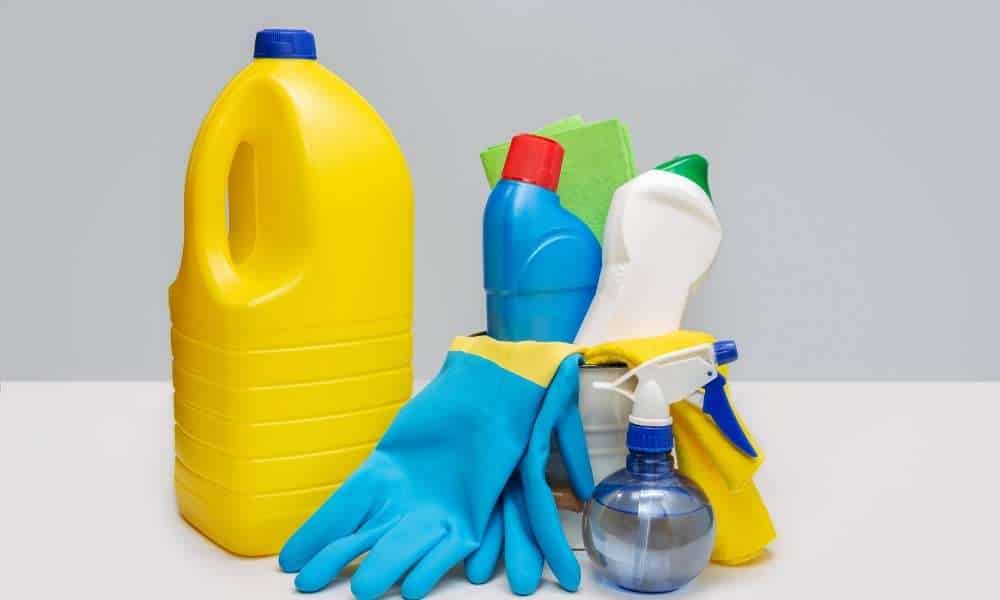


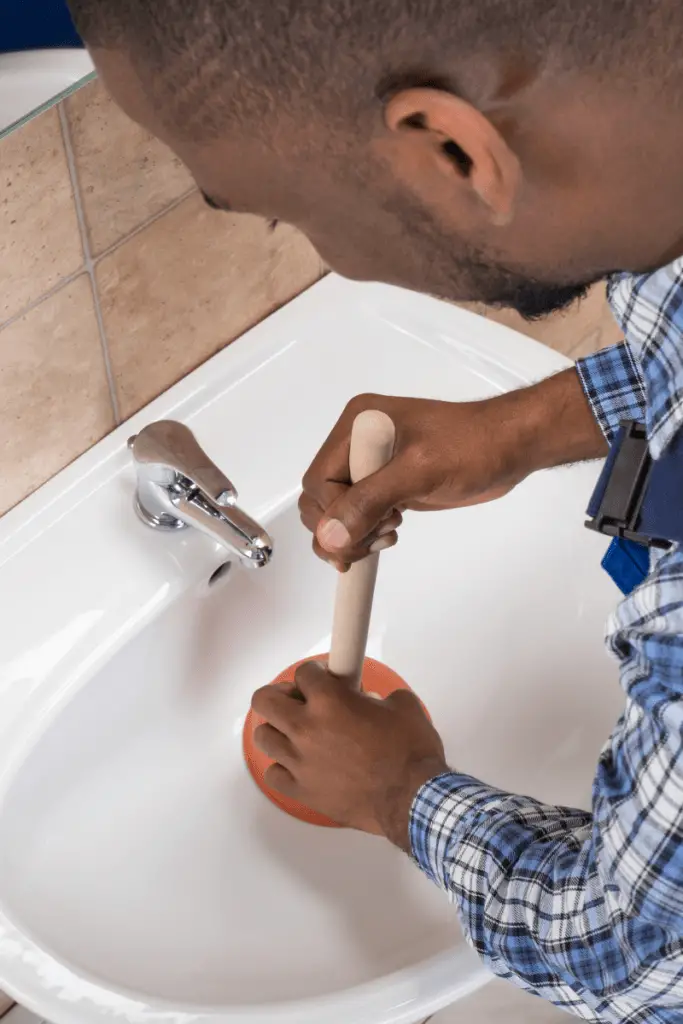

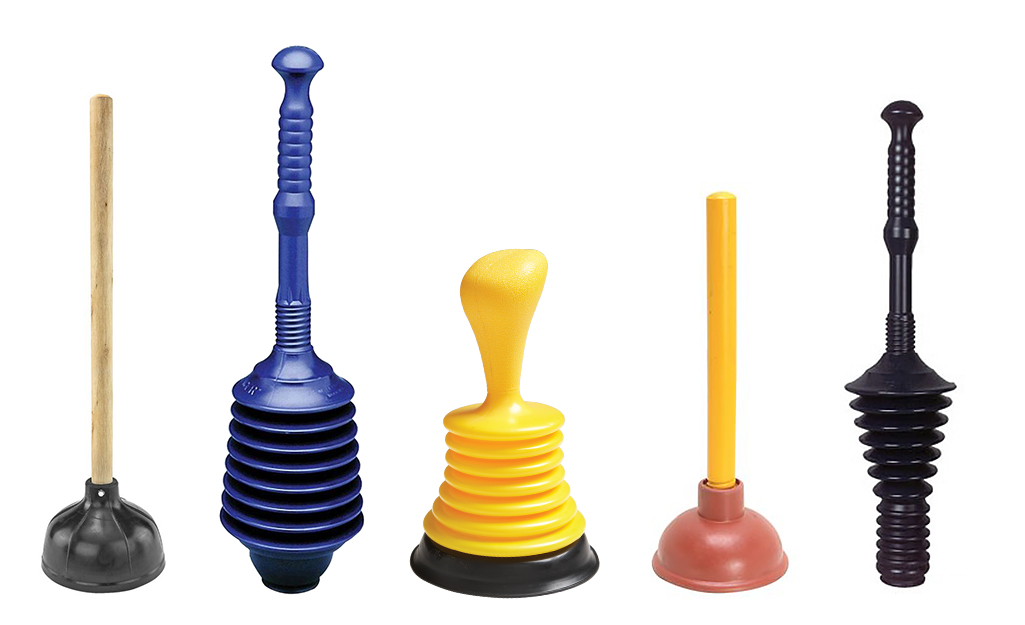













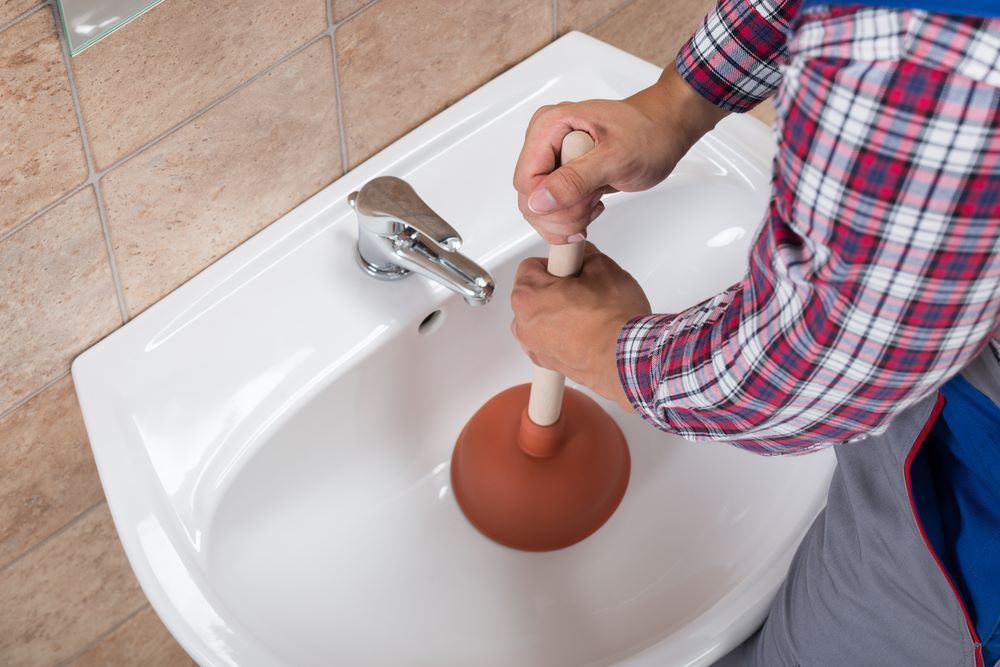
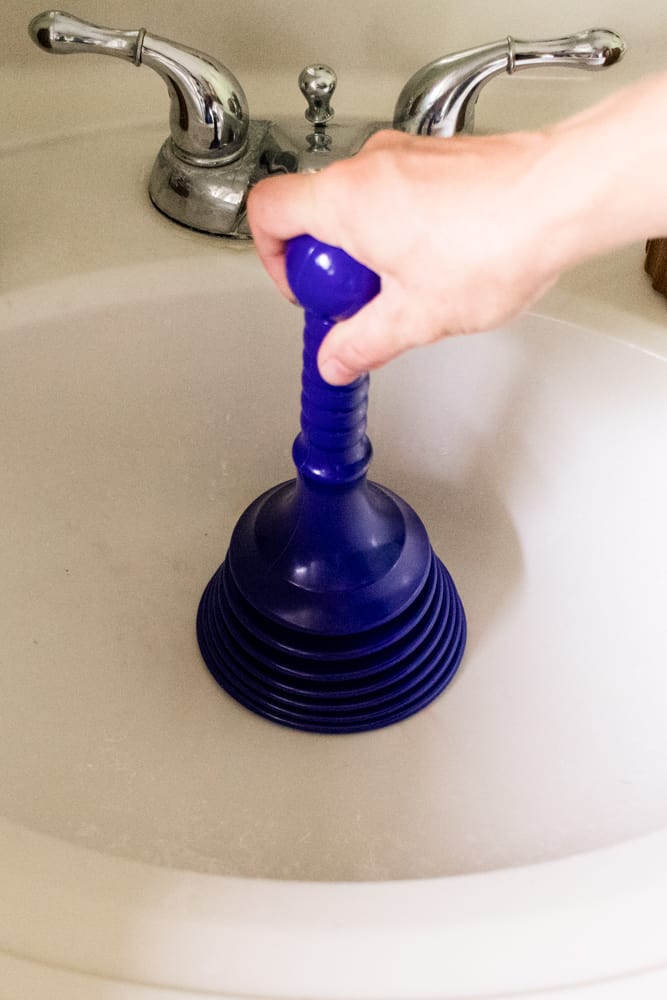
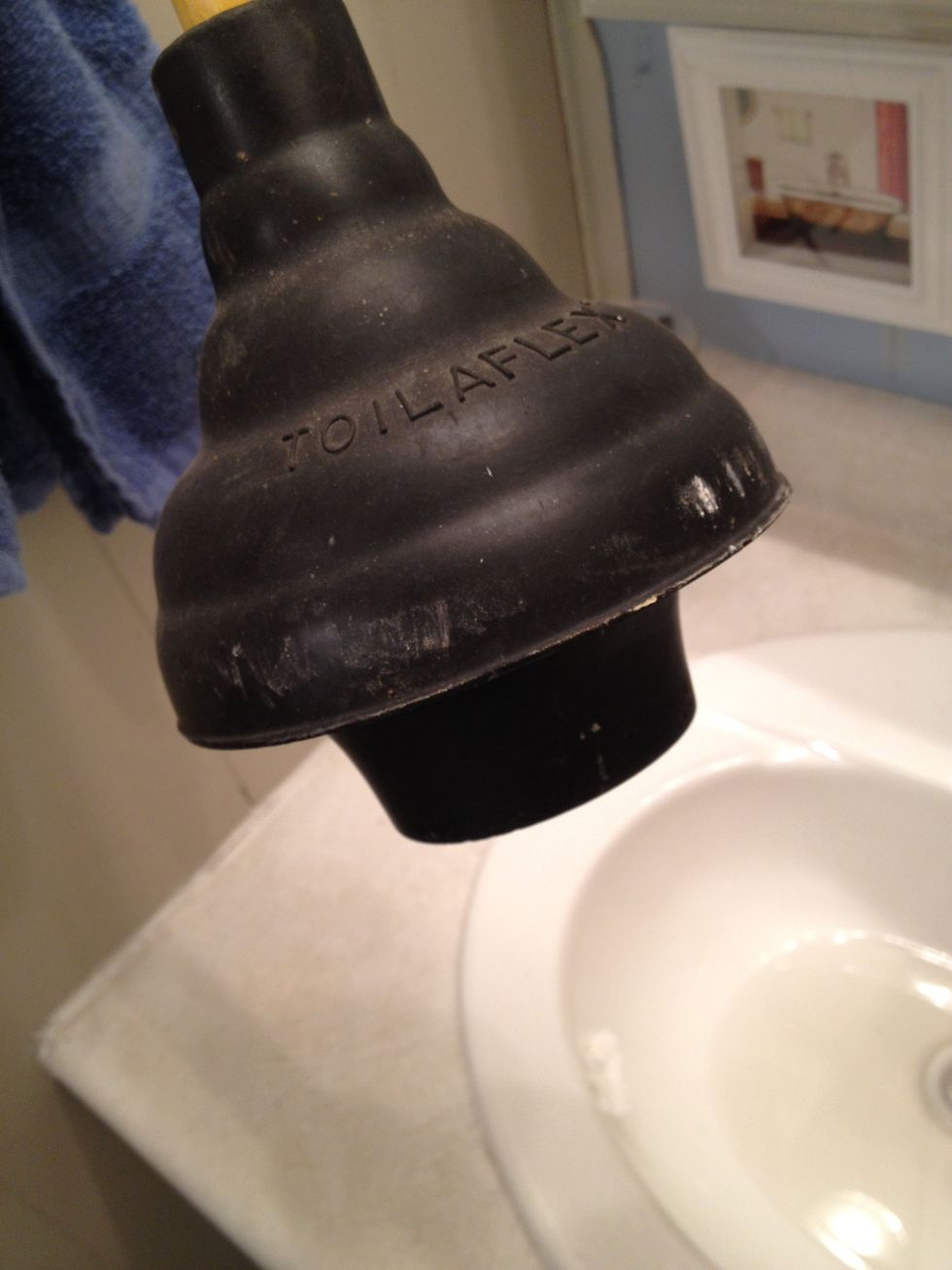

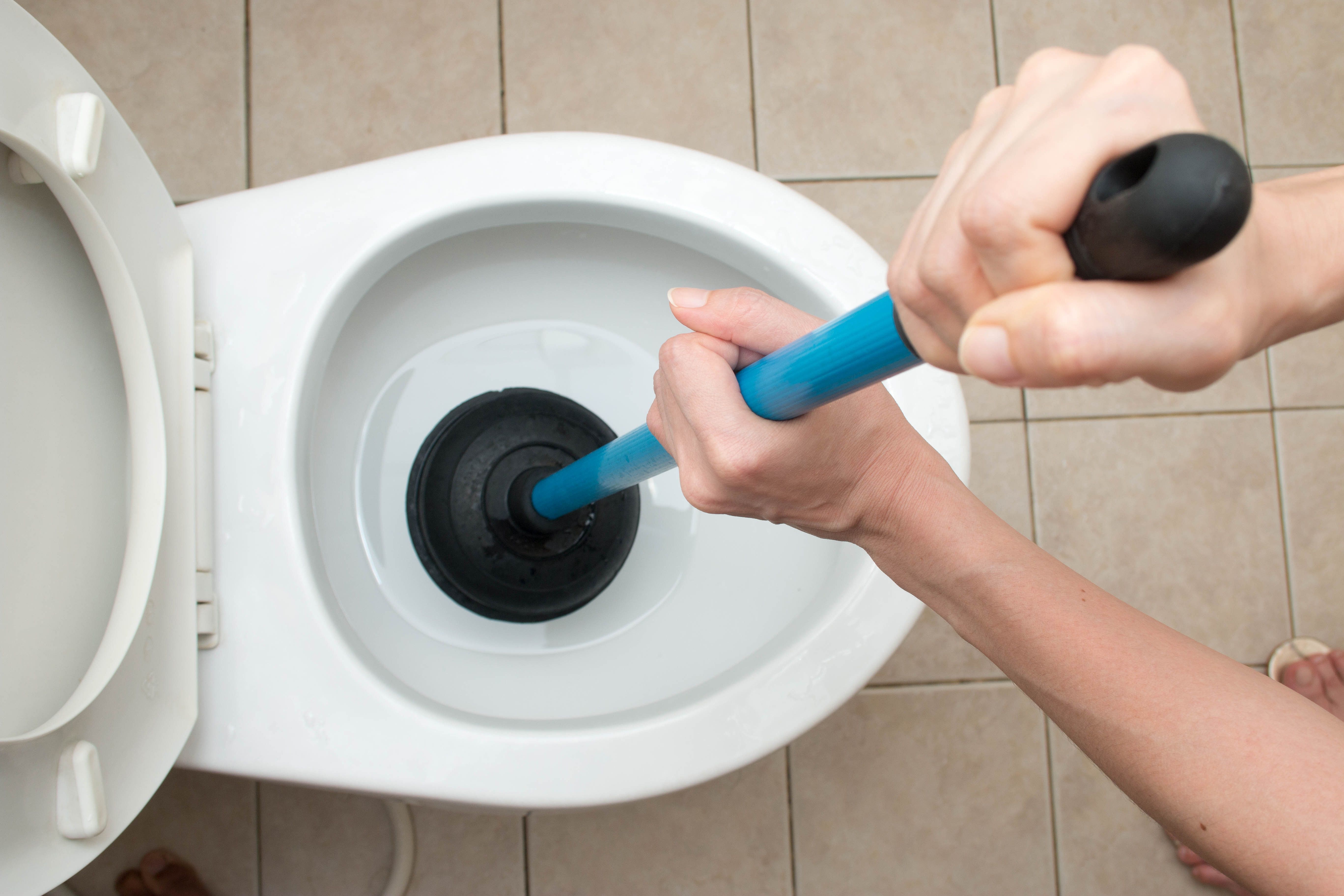


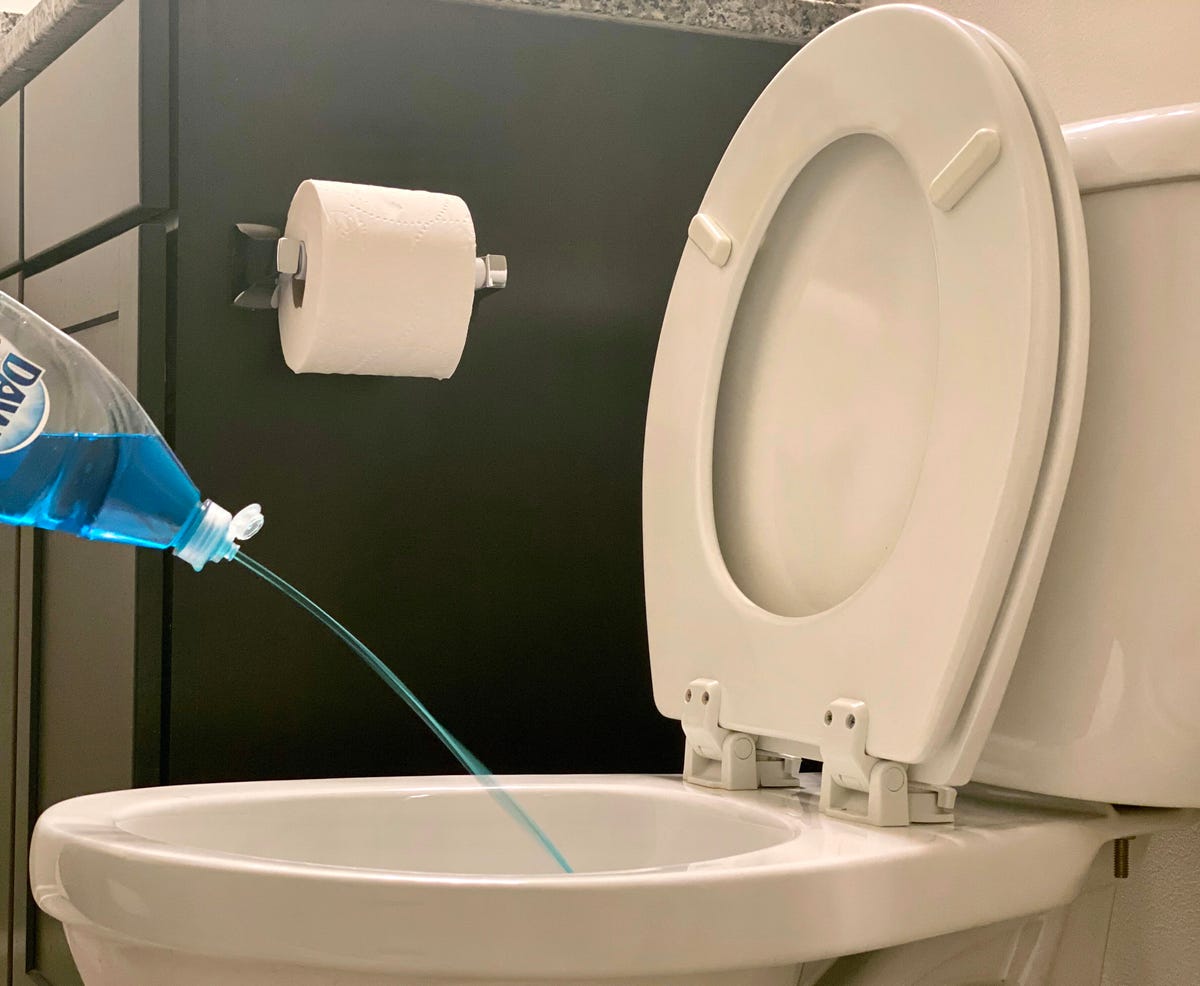
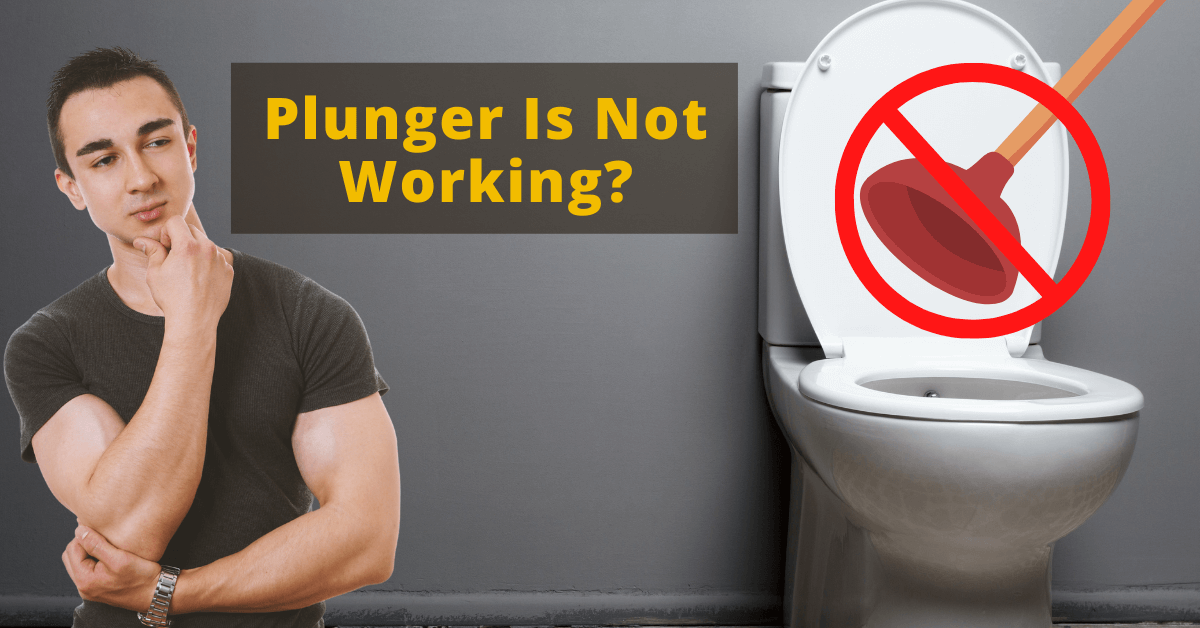



/plumber-unclogging-kitchen-sink-169270382-5797a9355f9b58461f27f024.jpg)



